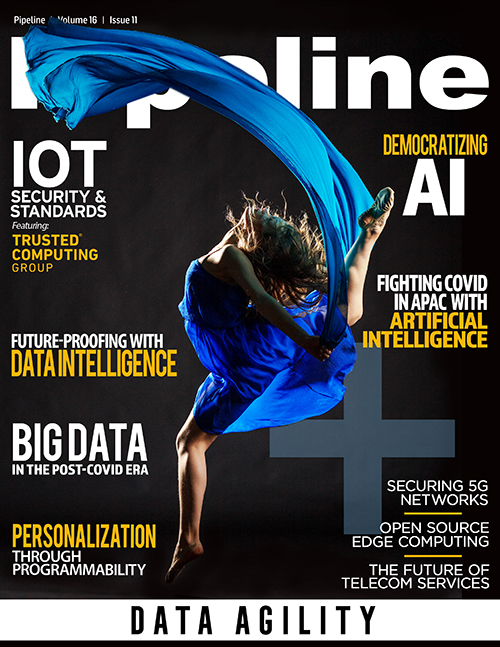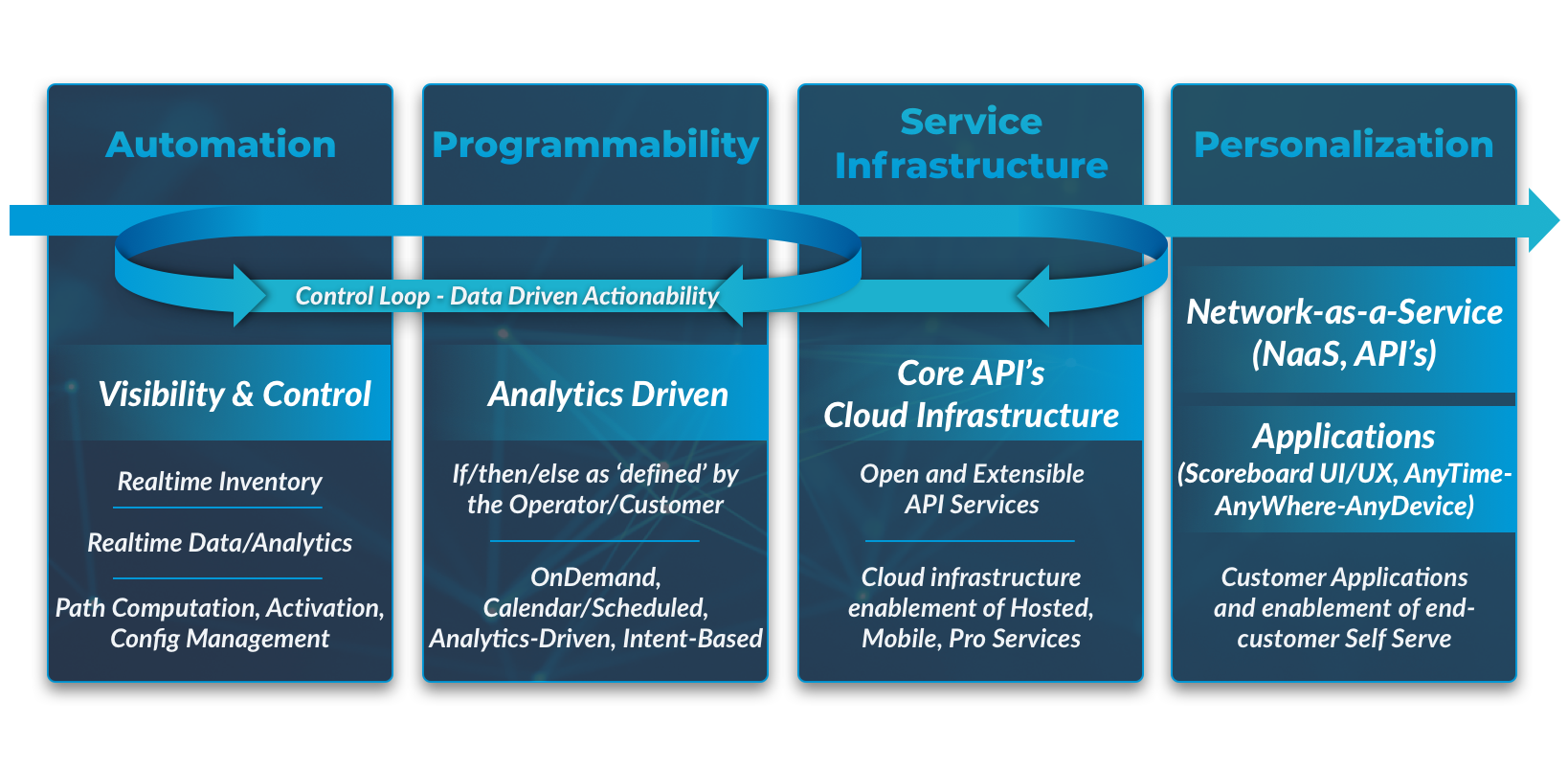Personalization through Programmability
EXperience – We simplify through what we’re calling smart profiles (applicable to both UI/UX and API frameworks). You can use these profiles as a starting point. These can be customized in layout, presentation, and prioritization of the data that is most important to you. This single step removes a lot of the complexity, which is really just another way of saying ‘I only really care about X, Y & Z and all this other data is for someone else.’ When you have this level of simplification for your own employees, you create a better overall employee experience.
Taking this a step further, giving some level of similar control and customization with
presets for your customers is simple since it is built into the platform from the ground up. When you create a better employee experience, you will automatically create a better customer
experience. Furthermore, when you enable a more personalized experience for the end customer, you end up with happy customers, happy employees, and ultimately differentiation in an
otherwise complex environment.![]()
Personalization through programmability
What then is the approach to realize this Customer Defined Experience? As a summary grouping of a core framework, there are four suggested key pillars that make up the referenced approach to personalization, as enabled through programmability.
[click to enlarge]
Automation – of networks and services to achieve full visibility and control. This requires direct interaction and communication with the network to know what is there (inventory – physical and logical), how it is performing (telemetry – health and performance), and the ability to enact change (new, modify, disconnect). This level of automation requires command-and-control protocol interactions with the underlying network elements (such as TL1, SNMP, REST, netConf, others). This See (what is there), Know (how it is performing), and Act (ability to enact change) framework requires a Network Domain Controller to abstract and normalize this ‘network touch’ complexity across multi-vendor, multi-generation, and multi-technology to individual network elements and their respective OS versioning along the way. This results in thousands upon thousands of unique permutations to consider.




















